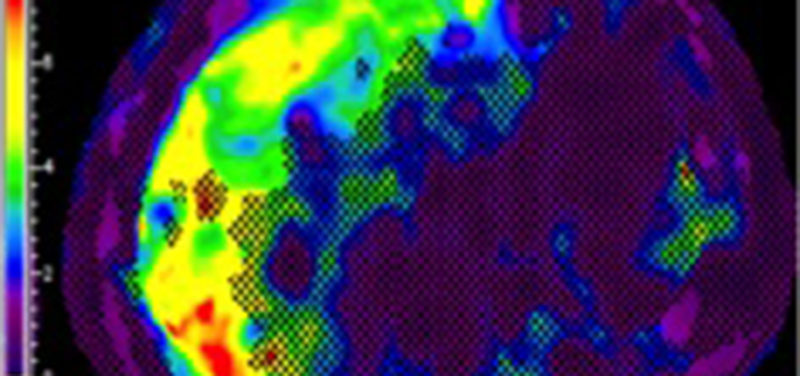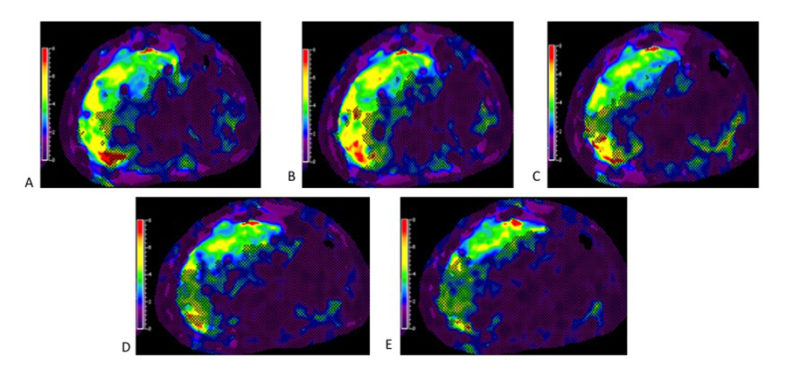
Before I was a Pediatric Radiology Fellow here in Cincinnati Children’s, I was an MRI Fellow in Baltimore. During that fellowship I became very interested in a special kind of MRI for your liver called MR elastography. We have discussed MR elastography before on the blog. It is a special MRI that can help doctors detect liver disease by estimating liver fibrosis or damage without using a needle. It can be helpful for children and adults with liver disease from all kinds of causes, including viruses, congestion from heart disease, iron deposition, or an abundance of fat. However, like all MRIs, it involves laying still in an MRI scanner for up to an hour and holding your breath several times. For the elastography part, we need patients to hold their breath for up to 20 seconds! That can be a long time for kids or anyone who isn’t feeling well.

One of my research projects this year was to see if we can shorten how long you have to hold your breath for MR elastography studies. We were able to use a new MR technique called compressed sensing to speed up how fast the MR images are made, which allowed us to shorten the breath holding time. The trade off for shortening the imaging time is slightly decreased image quality. However, we were able to show that even with slightly decreased image quality, we were able to get similar results to the regular version of the MRI. We also tried doing the elastography without holding your breath at all. In this version, the MRI scanner watches your breathing and takes pictures at similar parts of your breathing cycle. This type of study takes longer than the regular version and can also have decreased image quality. But again, we were able to the show that the free breathing version obtained similar results to the regular version.
So overall we found that we could do MR elastography with shorter breath holds or without any breath hold, which makes the exam easier for your child! We will be incorporating our research results into clinical practice soon!
Contributed by Dr. Cara Morin and edited by Michelle Gramke, (ADV TECH_US).
